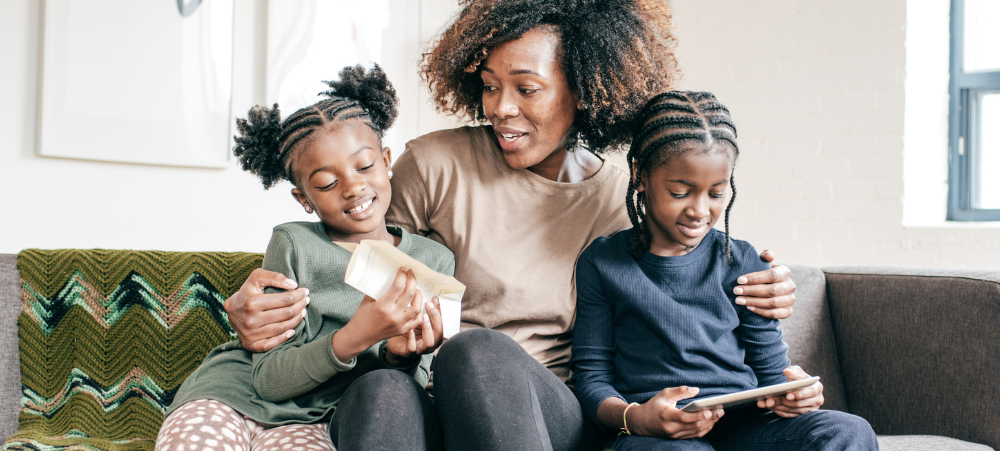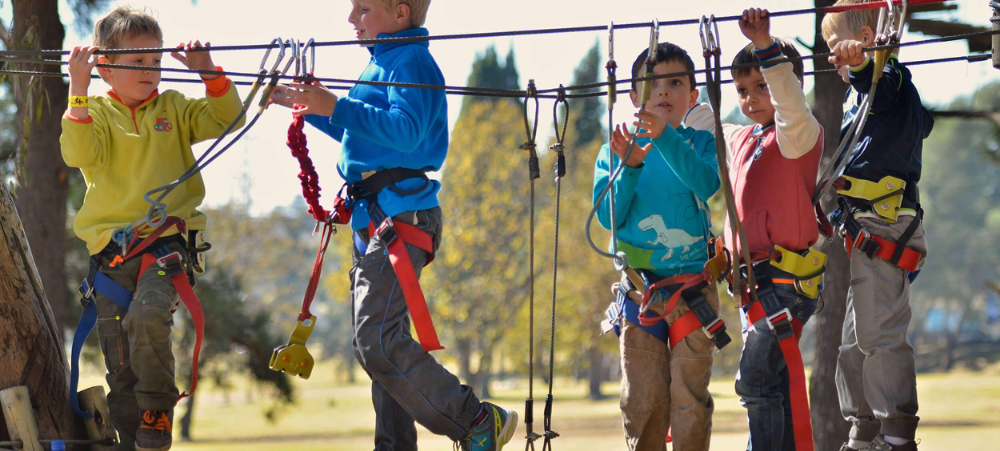Saying “no” as a parent can feel like walking a tightrope. You want to set boundaries, but the guilt creeps in. Will they think you’re mean? Will they feel unloved? Will you regret it later?
Let’s get one thing clear: “No” is not a bad word. In fact, when used with clarity and compassion, it’s one of the most powerful parenting tools you have.
💬 Why “No” Matters More Than You Think
Children thrive on consistency and limits. Saying no helps:
- Teach self-control
- Establish healthy boundaries
- Reinforce safety and values
- Develop respect for others’ time, space, and needs
According to Dr. Laura Markham (author of Peaceful Parent, Happy Kids), children feel safer and more secure when parents are calm, consistent, and confident in their limits — even if they don’t like the answer.
😩 Why Do Parents Feel Guilty?
Modern parenting has created a silent pressure to always be “available,” “gentle,” and “yes-oriented.” Social media glamorises perfect parenting moments, making us second-guess ourselves for setting limits.
But guilt is often a sign that you’re invested, not that you’re doing it wrong. The goal isn’t to be a people-pleaser — it’s to raise emotionally healthy, resilient humans.
🛠️ How to Say “No” Without the Guilt Trip
Here’s how to make “no” a boundary — not a battle:
1. ✅ Be Clear and Firm
Avoid vague responses like “we’ll see” or “maybe later.” A clear “no” helps your child understand limits and avoids nagging.
Example:
Instead of: “Not now…”
Say: “No, we’re not having sweets before dinner.”
2. 🧠 Explain (Briefly)
Offer a short reason if needed — but don’t over-justify.
Example: “You can’t have another show because it’s bedtime, and your body needs rest.”
3. ❤️ Validate Feelings
It’s okay for kids to feel disappointed. Let them feel heard without changing your mind.
Example: “I know you really wanted that. It’s hard to hear no.”
4. 🎯 Offer Alternatives
Redirecting can soften the moment without undermining the boundary.
Example: “We’re not buying a toy today, but we can add it to your birthday list.”
5. 🤐 Don’t Backpedal
Giving in after a tantrum teaches kids that “no” is negotiable if they push hard enough. Hold the line calmly.
🌱 When “No” Becomes a Gift
Saying “no” is a way of saying “yes” to something more important:
- Yes to your child’s long-term growth
- Yes to your family values
- Yes to your own mental and emotional health
Setting boundaries is an act of love — not rejection.
✨ Bonus Tip: Practice Saying No to Others Too
Parental burnout is real. If you’re always saying yes to school events, extra responsibilities, or social invites at the expense of your own well-being, it’s time to honour your capacity.
Dr. Brené Brown reminds us: “Daring to set boundaries is about having the courage to love ourselves even when we risk disappointing others.”
Sources:
- Dr. Laura Markham – Peaceful Parent, Happy Kids
- Dr. Brené Brown – The Gifts of Imperfection
- Psychology Today: Why It’s Okay to Say No to Your Child – www.psychologytoday.com
- Zero to Three Foundation – www.zerotothree.org
We understand that there are many aspects that encompass a Mother, Father or Child and strive toward providing resources and services that accommodates this.
Our content is aimed to inform and educate families on issues starting from pregnancy through to the challenges of the teen-age years.
- Tips for Breastfeeding in Public: Confidence and Comfort - November 20, 2025
- Eskort launches Kiddos: South Africa’s first pork range made just for kids - November 13, 2025
- Putting the Power of Learning in Learners’ Hands During Global Education Week - November 12, 2025





